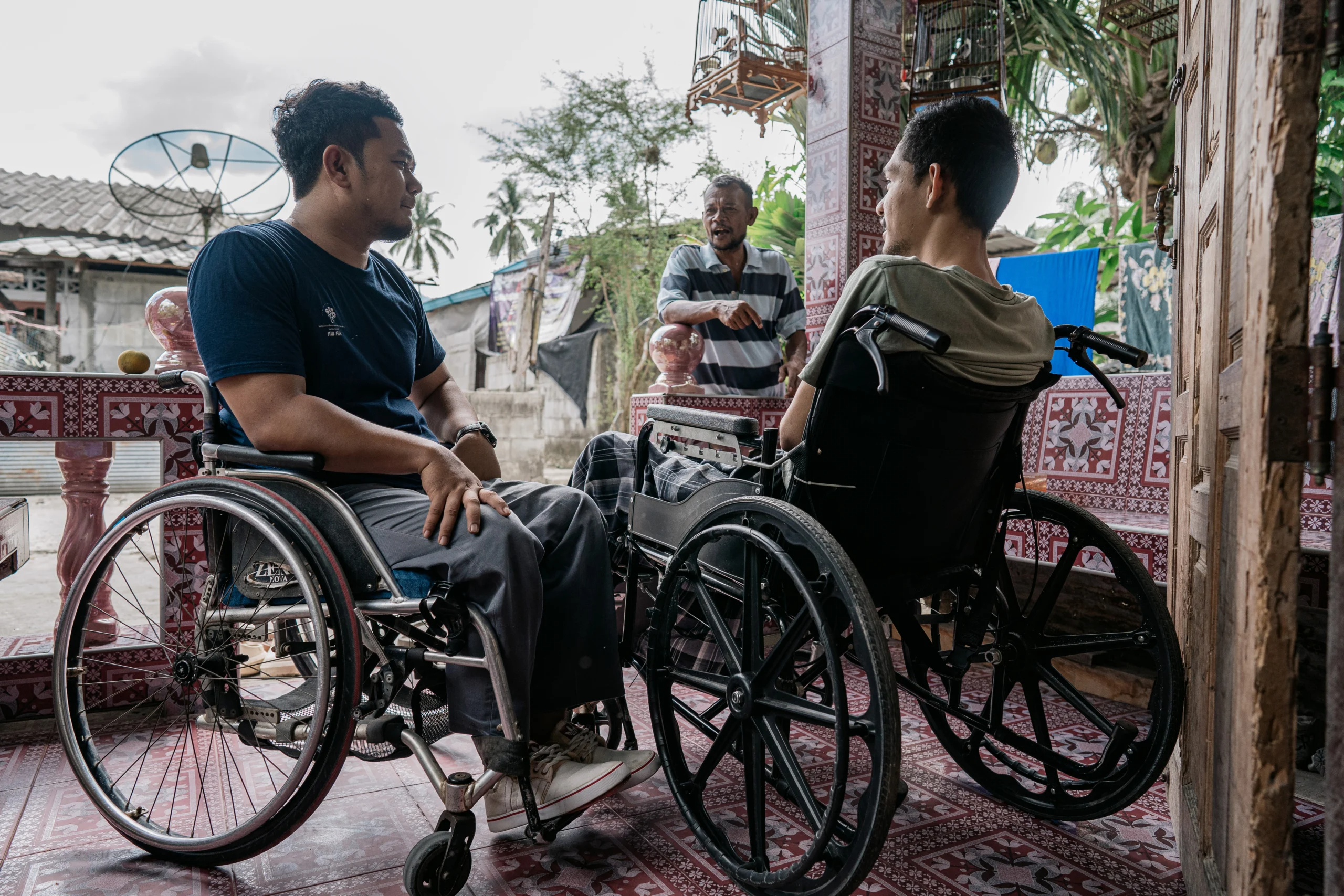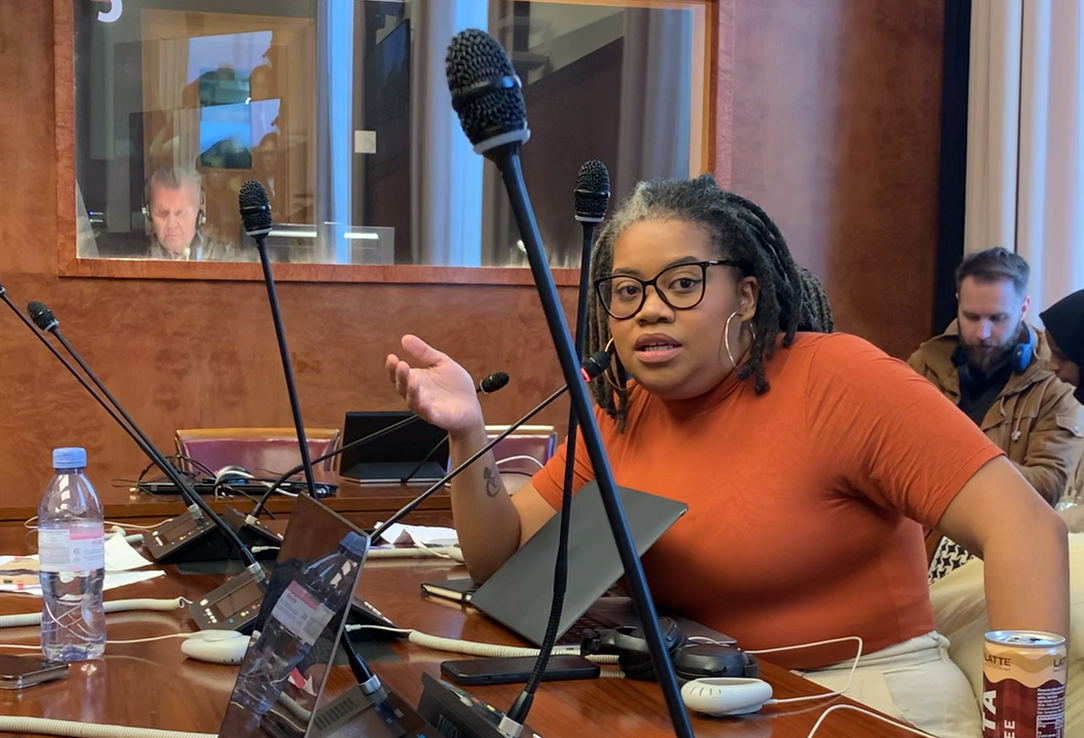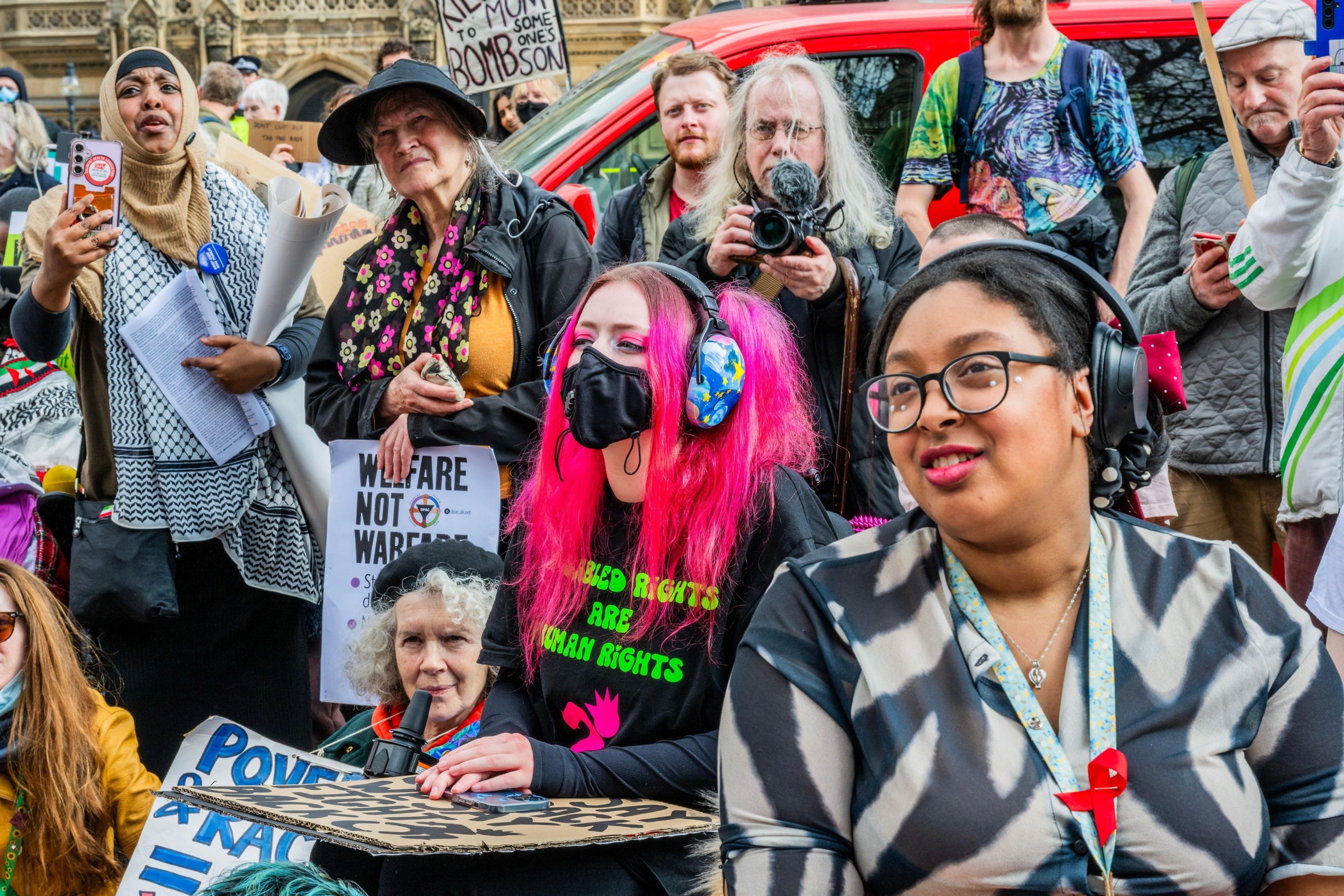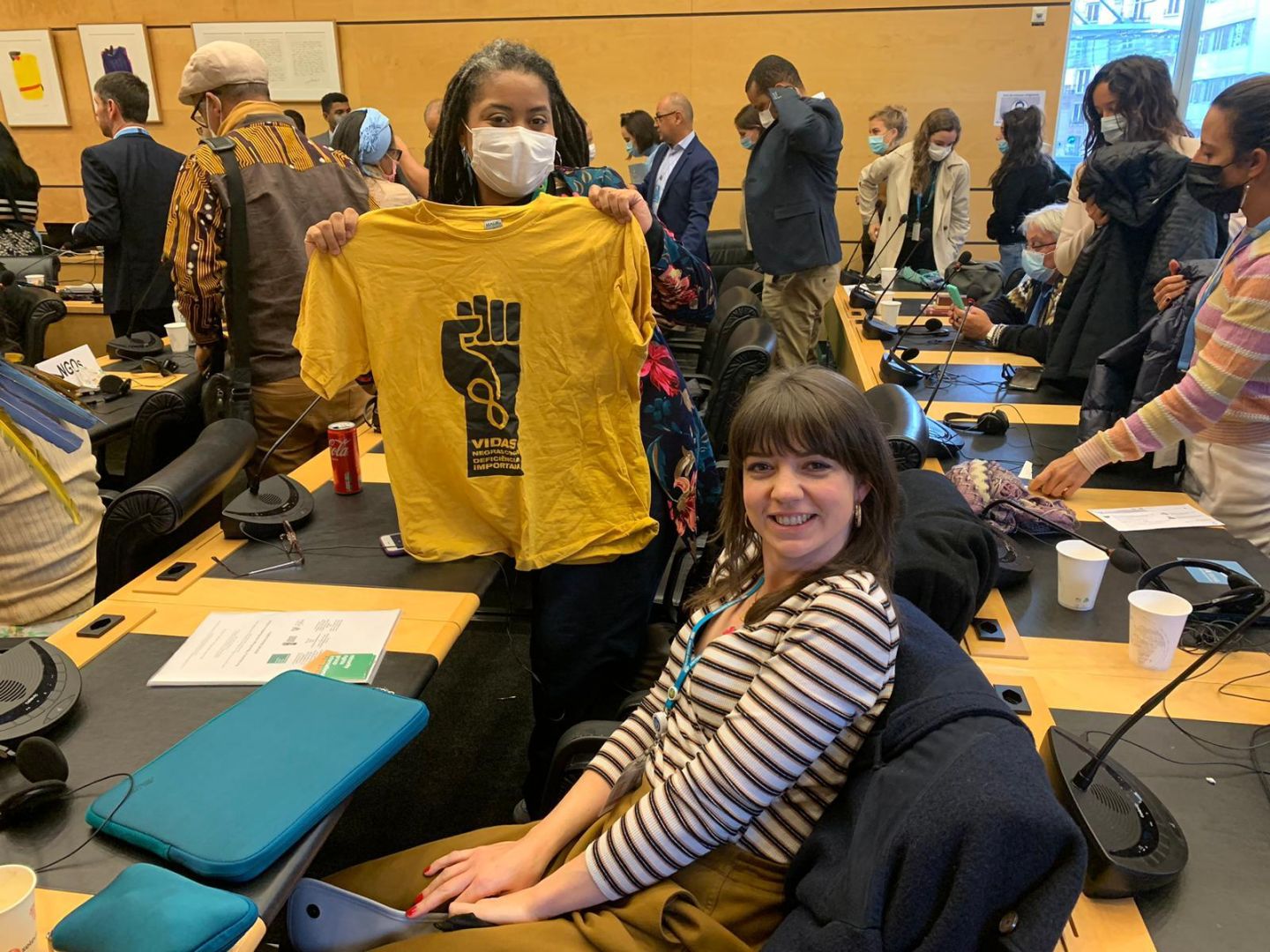
Five key barriers impacting the rights of people with disabilities from indigenous and minority communities
The marginalization of people with disabilities from indigenous and minority communities is a result of the multiple and intersecting forms of discrimination, based on disability, race, ethnicity, language, religion, gender identity and sexual orientation linked to the ongoing impacts of colonization and historical marginalisation. The advancement of rights for people with disabilities through the efforts of the burgeoning disability rights movement, international cooperation and adoption of the CRPD have made strides for the rights of people with disabilities to political and public life in line with Article 29 of the Convention.
However, the benefits of advancement in attaining these rights have not been equally experienced. People with disabilities from indigenous and ethnic, religious and linguistic minority communities remain amongst the most marginalized and excluded from political and public life, both through effective and meaningful participation within their own societies and in human rights and social justice movements, including in disability rights spaces.
The right to political and public life through effective and meaningful participation is a pertinent issue in relation to minority issues and rights and indigenous issues and rights enshrined in UN Declaration on Minorities and the UN Declaration on the Rights of Indigenous Peoples and the CEDAW General Recommendation 39. Previous Special Rapporteurs on Minority Issues have written about how effective and meaningful participation can help to ease and prevent conflicts and how hate speech and lack of access to education inhibit participation. Yet members of indigenous and minority communities are more likely to be denied their rights to political and public life, both in national contexts and international political spaces.
The Special Rapporteur on Minority Issues reminds us that minority issues are structurally underrepresented in the United Nations. For members of underrepresented communities with disabilities, barriers to participation can be insurmountable. For example, indigenous people with disabilities face significant accessibility barriers at the United Nations, including in digital and physical environments in addition to the language, cultural, financial and administrative barriers facing indigenous peoples in general.
In this Joint Submission to the Committee on the Rights of Persons with Disabilities, MRG and its partners and allies present an overview of some of the key barriers impacting the rights of people with disabilities from indigenous and minority communities to political and public life, including examples from partners in Nepal, Kenya, Rwanda, Brazil and Thailand:
- Participation of persons with disabilities in elections
- Participation of persons with disabilities in parliaments and public office
- Participation of persons with disabilities in local decision-making, NGOs and OPDs
- Participation of persons with disabilities in decision-making related to situations of risks and emergencies
- Participation of women with disabilities in decision-making processes
Download the full text to learn more about these barriers and read recommendations from Minority Rights Group (MRG), the Indigenous People with Disabilities Global Network (IPWDGN), Asia Pacific Indigenous Women and Girls with Disabilities Network (APIWGDN), National Indigenous Disabled Women Association Nepal (NIDWAN), Endorois Indigenous Women Empowerment Network (EIWEN), Abadasigana, African Initiative for Mankind Progress Organization (AIMPO), Accessibilindígena and Vidas Negras com Deficiência Importam (VNDI).
Featured image: participants at the Inclusive Learning Center on Disabilities in Mai Kaen, Patani, Thailand. Credit: Yostorn Triyos.





